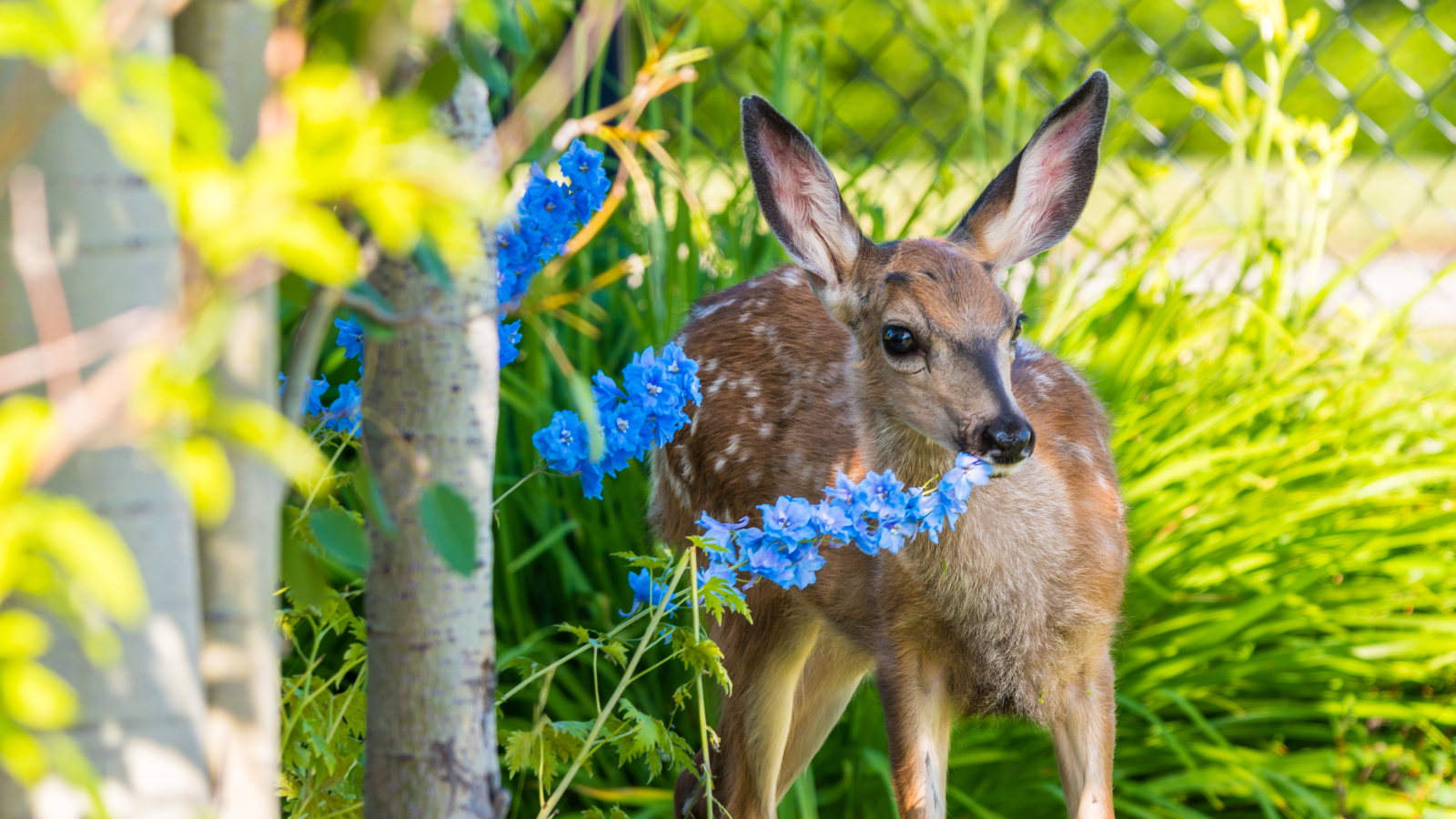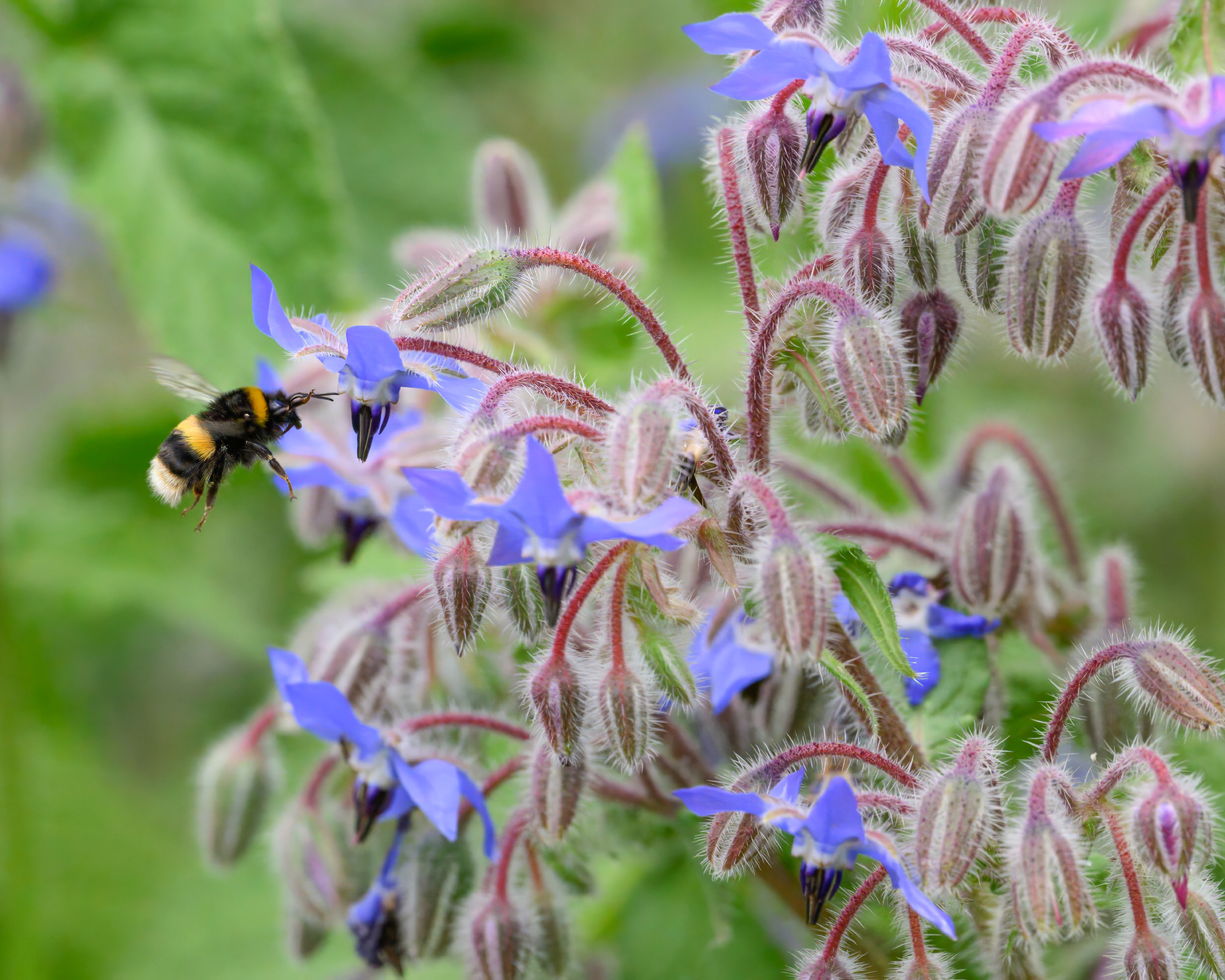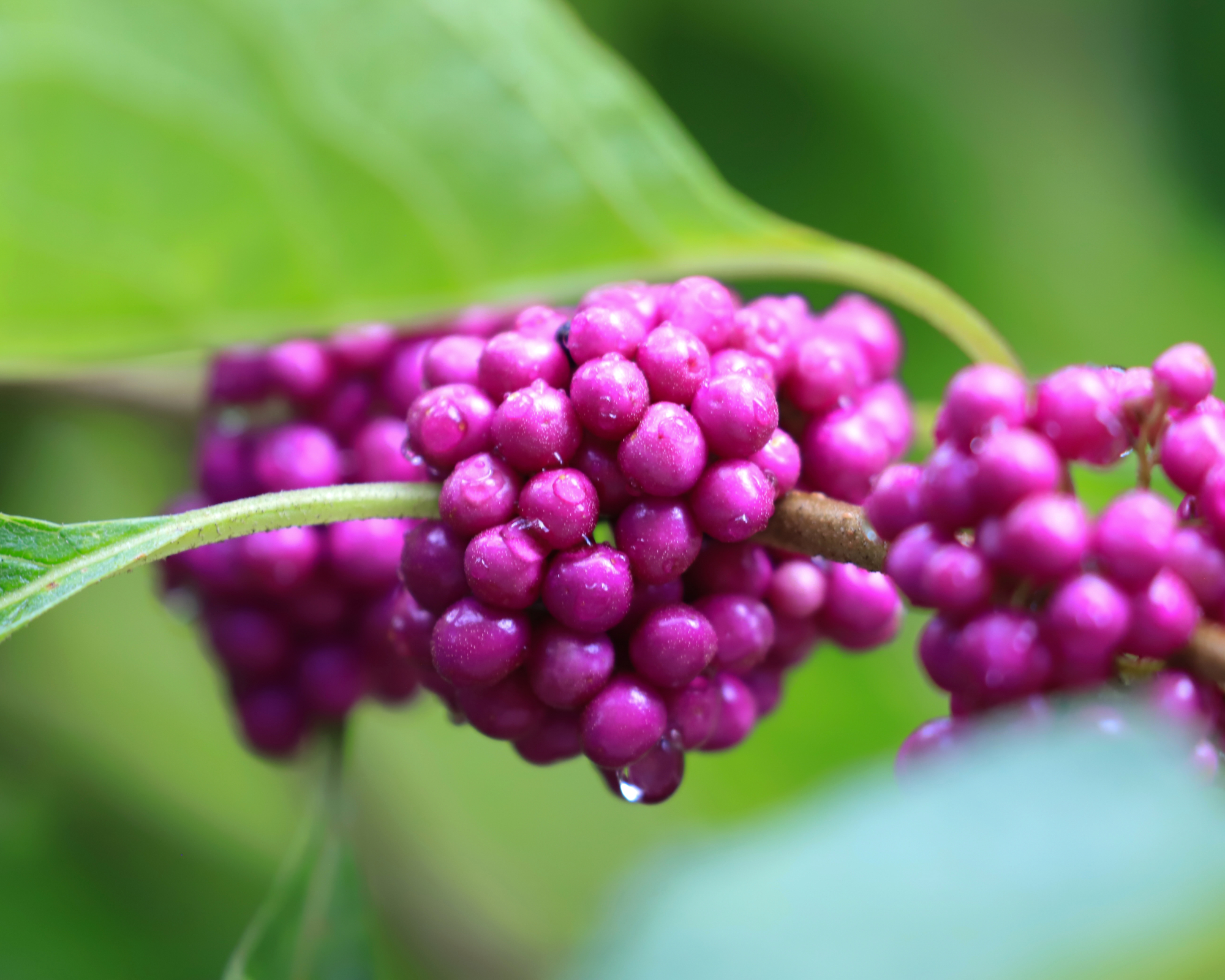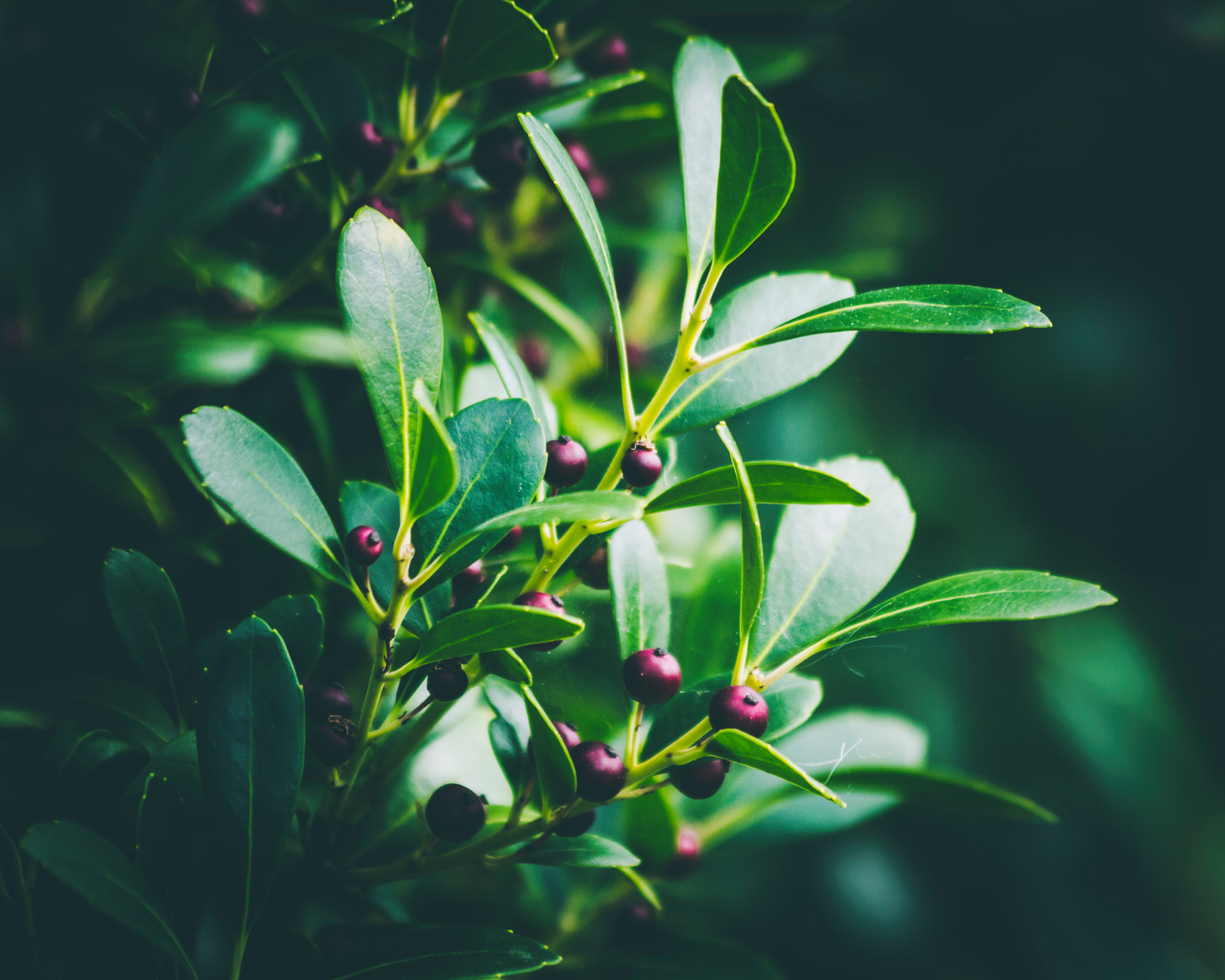10 Deer-Resistant Pollinator Plants To Create A Harmonious Wildlife Paradise
Deer grazing getting you down? Try these deer-resistant pollinator plants to help improve your garden without it being decimated by deer!


Pollinator gardens are designed to support and encourage the presence of native pollinators, from bees to birds. Supporting pollinators is important because some are in decline.
These vital critters are necessary for food production, in your own garden, and on farms. Planting a pollinator garden is increasingly important as pollinators are losing habitat to climate change, misuse of chemicals, and the spread of invasive species. Even planting a small garden can help make a difference.
Unfortunately, if deer are part of your local ecosystem, they can be very destructive in the garden. You need to choose the right plants to balance supporting pollinators and keeping deer from eating plants.
Best Deer-Resistant Pollinator Plants
What don’t deer like to eat? There are plenty of examples of deer-resistant pollinator plants. Some are spiky or prickly, others have strong aromas or taste bitter. Here are some ideas to get you started.
1. Milkweed
Milkweed is a great choice for a pollinator garden. Deer won’t eat this flowering perennial, and it attracts and supports the monarch butterfly, a pollinator in serious decline. Females will lay eggs on all species, but they prefer common and swamp milkweed. Common milkweed is very easy to grow and heirloom seeds can be found in the Gardening Know How Shop. It is hardy in USDA zones 3 through 9 and blooms with pink summer flowers.
2. Bee Balm

As the name suggests, this pretty perennial flower attracts bees. Bee balm is native and a member of the mint family. It will grow readily and may spread to areas you don’t want it, so take care when planting. Smaller varieties do well in containers. With moist, but well-drained soil in a sunny or partially sunny spot, you’ll enjoy summer and fall flowers in red, pink, or purple.
3. Borage

The fuzzy foliage of borage is a turn-off to deer, who generally don’t eat it. Although not native to North America, borage is not considered invasive. It attracts bees and serves as a host to some butterfly larvae. Borage produces pretty blue flowers and is an excellent companion in the vegetable patch, where it deters tomato hornworms.
Sign up for the Gardening Know How newsletter today and receive a free copy of our e-book "How to Grow Delicious Tomatoes".
4. Columbine

Look for North American native species of this unique perennial flower. Columbine likes full or partial sun and can tolerate a range of soils as long as it drains well. You can grow it in USDA zones 3 through 8, where columbine attracts hummingbirds and other pollinators and is rarely touched by deer.
5. New England Aster
New England aster is a daisy-like perennial and a fall favorite. It blooms later in the season than many other flowers, so it helps to extend the season for attracting pollinators. New England aster is a native flower that deer don’t generally eat. It’s suitable for zones 4 through 8 and prefers full sun and moist, well-drained soil.
6. Black-Eyed Susan
Black-eyed Susan is a pretty and cheerful wildflower and a favorite of many gardeners. A native perennial, it grows in USDA zones 3 through 9 in full sun and well-drained soil. Black-eyed Susan attracts bees, moths, and butterflies. It also self-seeds readily and is a great choice for a meadow area or a native bed in a cottage-style garden.
7. Lupine

Lupine is a native perennial and a legume that will enrich your garden soil with nitrogen. It blooms in spring and summer with tall, elegant flower spikes in shades of blue, purple, red, pink, white, and yellow. Lupine flowers attract many types of pollinators, including bees and butterflies. It grows best in full sun in USDA zones 4 through 8. It is toxic to humans and animals, so be careful if you have pets or small children.
8. Little Bluestem
In addition to native perennials, stock your pollinator with native grasses. Little bluestem serves as a host plant for several species of skipper butterflies. It is an attractive grass grown in clumps that deer generally don’t touch. In addition to serving as a host for butterflies, little bluestem provides shelter and seeds for native birds. Grow it in USDA zones 3 through 9 in areas with full sun.
9. American Beautyberry

For a shrub that is deer-resistant and native, choose American beautyberry. Its spring and summer flowers are attractive to bees, butterflies, and hummingbirds, and its unique bright purple berries are attractive in late summer and fall. Grow beautyberry in full or partial sun, in acidic or neutral soil that drains well, and in zones USDA 6 through 10.
10. Inkberry

Inkberry is another good choice for a shrub that attracts bees and that deer will not eat. This native holly flowers in spring and produces dark berries in summer and fall. You can grow inkberry in USDA zones 4 through 11 in full sun or partial shade. Virtually pest free, the 'Shamrock' variety of inkberry can be found in the Gardening Know How Shop. Inkberry likes moist soil and grows well near bogs or ponds. Be aware that it is toxic if you have pets or small children.
Tips For Growing A Deer-Resistant Pollinator Garden
When growing a pollinator-friendly but deer-resistant garden, keep these tips in mind:
- Avoid pesticides, which usually kill not only pests but also pollinators.
- Choose native species whenever possible to support your native pollinators.
- Grow a variety of plants to support biodiversity.
- Ensure your garden has other things pollinators need, like sources of water and shelter or nesting sites.
- If you have any plants deer like to eat, deter them in safe ways, such as with a deer-proof fence or a deterrent spray.
Pollinator gardens are so important for supporting the insects and animals that make it possible to grow food. Every garden counts in the fight to keep their populations from declining.
This article features products available from third party vendors on the Gardening Know How Shop. Keep in mind that our plant inventory is limited - so if you’re thinking of purchasing, don’t wait!

Teo Spengler is a master gardener and a docent at the San Francisco Botanical Garden, where she hosts public tours. She has studied horticulture and written about nature, trees, plants, and gardening for more than two decades, following a career as an attorney and legal writer. Her extended family includes some 30 houseplants and hundreds of outdoor plants, including 250 trees, which are her main passion. Spengler currently splits her life between San Francisco and the French Basque Country, though she was raised in Alaska, giving her experience of gardening in a range of climates.

